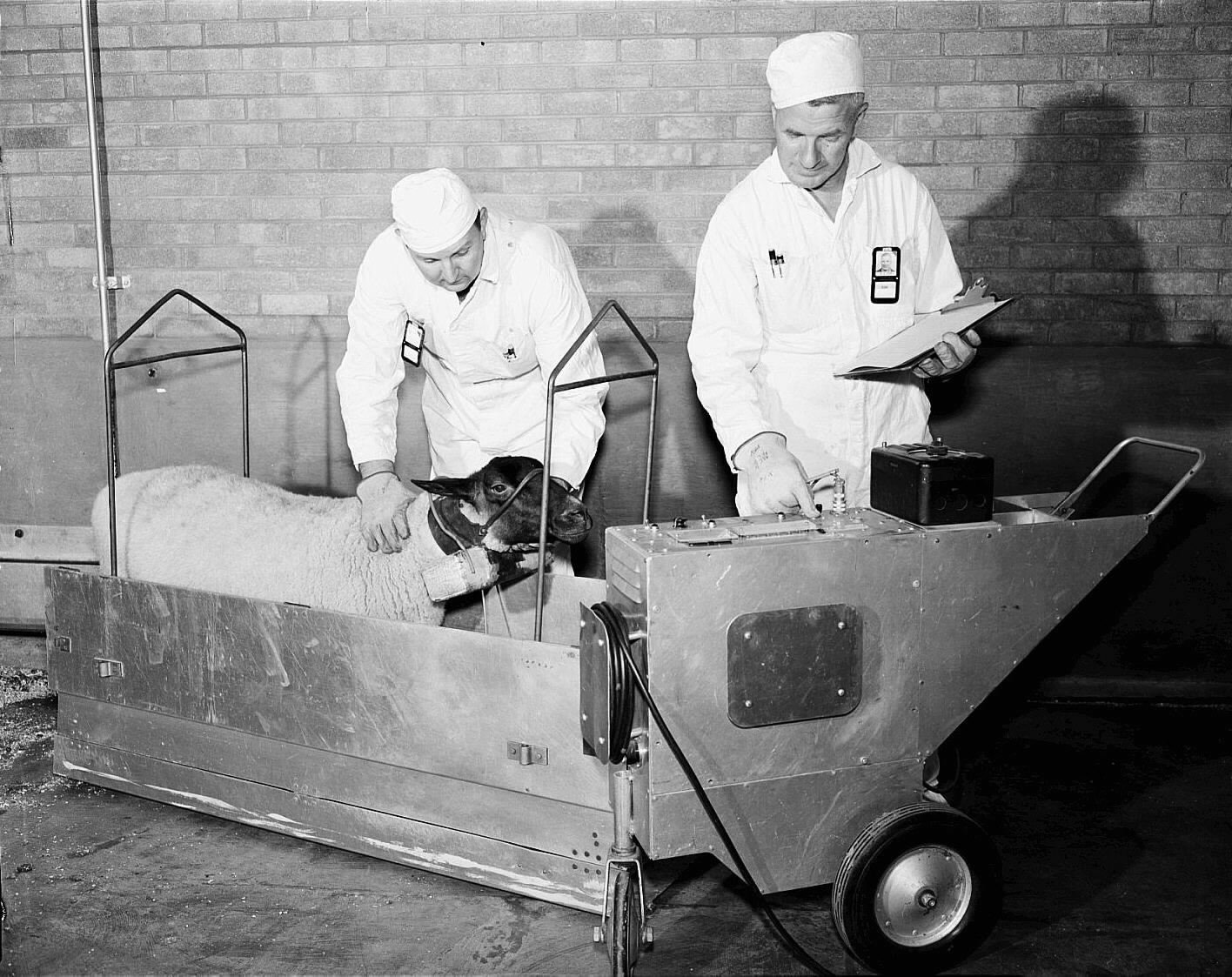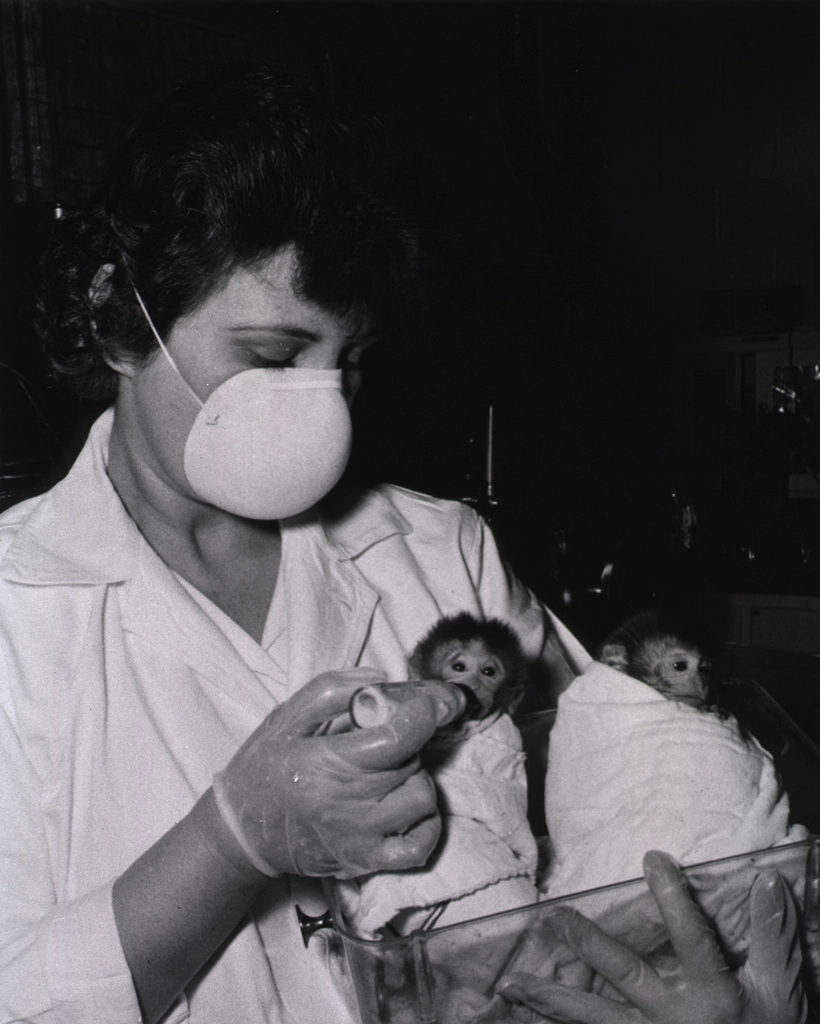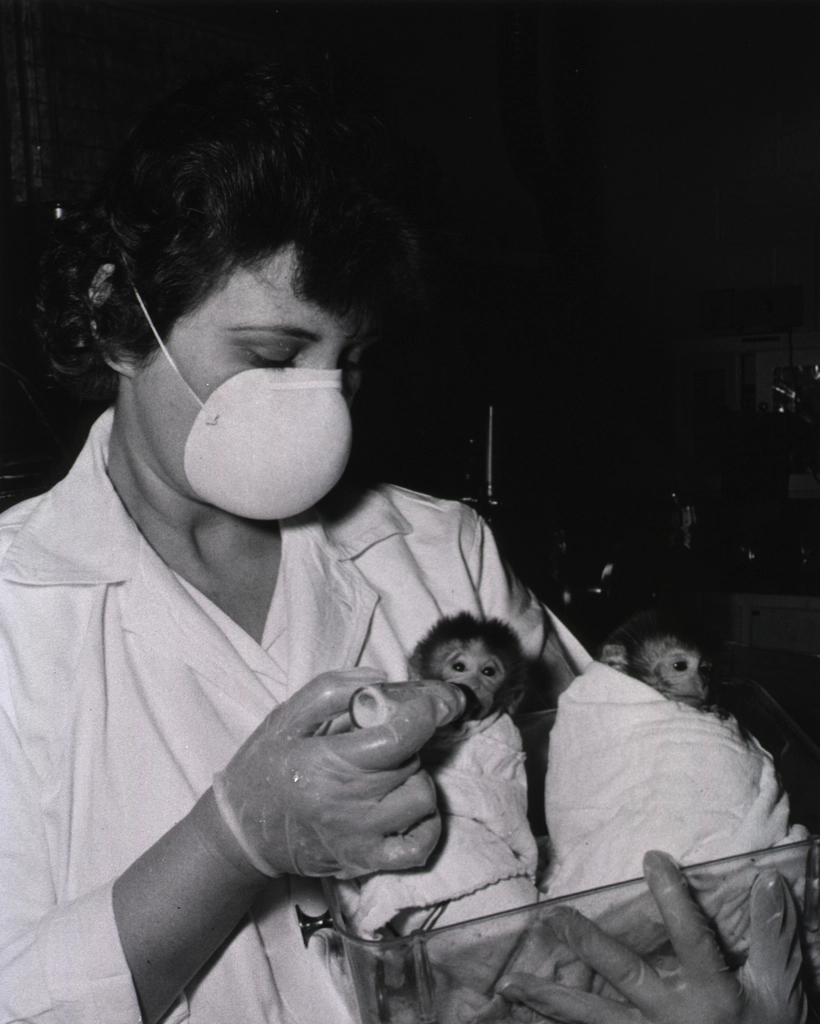Picture this: a laboratory rat learns to press a lever not because of fear or pain, but because it’s genuinely curious about the outcome. In the same facility, primates engage in cognitive tests that feel more like puzzle games than experiments. This isn’t some fantasy future of scientific research—it’s happening right now in laboratories around the world where revolutionary ethical frameworks are transforming how we work with animals in science.
The Paradigm Shift That’s Changing Everything

Gone are the days when animal research meant accepting suffering as an inevitable cost of scientific progress. Today’s researchers are pioneering approaches that recognize animals as sentient beings deserving respect and consideration. This transformation isn’t just about being nice to animals—it’s about getting better science.
Scientists have discovered something remarkable: stressed, fearful animals produce unreliable data. When we create environments where animals feel safe and engaged, we get more accurate results that translate better to human applications. It’s like the difference between forcing someone to take a test while screaming at them versus creating a comfortable testing environment.
Understanding the Three Rs Revolution

The foundation of modern ethical animal research rests on what scientists call the “Three Rs”: Replace, Reduce, and Refine. These aren’t just buzzwords—they’re transforming every aspect of how research gets done. Replace means using alternatives whenever possible, like computer models or cell cultures instead of whole animals.
Reduce focuses on getting maximum scientific value from the minimum number of animals through better study design and statistical methods. Refine involves improving every aspect of animal care and experimental procedures to minimize any potential distress. Think of it as the scientific equivalent of upgrading from a cramped, noisy hotel room to a luxury suite with room service.
Positive Reinforcement Training Takes Center Stage

Modern animal training in research facilities looks nothing like what you might imagine. Instead of forcing compliance, scientists use positive reinforcement techniques borrowed from marine mammal trainers and dog behaviorists. Animals learn to participate voluntarily in procedures, often approaching researchers eagerly when they recognize training sessions are about to begin.
This approach has proven incredibly effective with primates, who can be trained to extend their arms for blood draws or position themselves for imaging procedures. The animals aren’t just complying—they’re actively cooperating because they’ve learned that participation leads to rewards they enjoy. It’s collaboration rather than coercion.
Environmental Enrichment as Scientific Necessity

Research animals today live in environments designed to stimulate their natural behaviors and cognitive abilities. Mice get elaborate tunnel systems and climbing structures that mirror their wild habitats. Primates receive puzzle feeders, social interaction opportunities, and spaces that encourage natural foraging behaviors.
This isn’t just about animal welfare—though that’s certainly important. Enriched environments produce animals with more typical brain development and stress responses, making research results more relevant to real-world conditions. When we study depression in mice living in barren cages, are we really studying depression or are we studying the effects of sensory deprivation?
The Neuroscience Behind Voluntary Participation

Brain imaging studies have revealed fascinating insights about how voluntary participation affects animal physiology. When animals choose to engage in research procedures, their stress hormone levels remain stable, their immune systems function normally, and their cognitive performance stays sharp. Forced participation, by contrast, triggers cascading physiological changes that can skew results.
Researchers studying learning and memory have found that voluntary participants show enhanced neural plasticity—their brains are literally more capable of forming the memories and associations that experiments aim to measure. It’s as if stress acts like static interference on a radio, making it impossible to hear the signal clearly.
Training Protocols That Respect Natural Behaviors

Modern training protocols work with, rather than against, natural animal behaviors. Researchers study each species’ instincts and design procedures that feel natural and engaging. For example, training programs for laboratory rats incorporate their natural tendency to explore and investigate new objects.
Birds used in cognitive research participate in tasks that mirror the problem-solving challenges they’d face in the wild, like foraging for hidden food or navigating complex environments. The key insight is that when research procedures align with natural behaviors, animals don’t just tolerate them—they often find them intrinsically rewarding.
Technology Enabling Better Monitoring and Care

Advanced monitoring systems now track animal welfare indicators in real-time, alerting researchers to signs of stress or discomfort before they become serious problems. Wearable sensors monitor heart rate, activity levels, and sleep patterns, creating detailed welfare profiles for each individual animal.
Automated feeding systems dispense rewards precisely during training sessions, while environmental controls adjust lighting, temperature, and humidity to optimize comfort. Some facilities even use AI to analyze video footage and identify subtle behavioral changes that might indicate distress. It’s like having a dedicated health monitoring system for each research participant.
Collaborative Relationships Between Animals and Researchers

Perhaps the most striking change in modern research facilities is the quality of relationships between animals and their human caregivers. Researchers now spend considerable time building trust and rapport with their animal subjects, recognizing that positive relationships improve both welfare and scientific outcomes.
Animals in these programs often show clear preferences for certain researchers and seek out interaction with familiar humans. Some primates have learned to communicate their preferences using simple sign language or symbol boards, allowing them to express choices about daily activities and research participation. This level of agency was unimaginable in traditional research settings.
Species-Specific Ethical Considerations

Different species require dramatically different ethical approaches based on their unique cognitive abilities, social structures, and behavioral needs. Highly social animals like primates and dolphins need complex social environments and cannot ethically be housed in isolation. Nocturnal species require research schedules that respect their natural activity patterns.
Researchers working with cognitively complex animals face additional ethical challenges. Great apes, elephants, and cetaceans possess self-awareness and complex emotional lives that demand even more sophisticated welfare considerations. Some facilities have established ethics committees specifically focused on these species, recognizing that their cognitive sophistication requires correspondingly sophisticated ethical frameworks.
The Economics of Ethical Research

Implementing ethical frameworks isn’t just morally right—it makes economic sense. Animals in enriched, low-stress environments stay healthier, live longer, and produce more consistent data. This reduces the number of animals needed for studies and decreases the costs associated with replacing sick or stressed animals.
Studies have shown that facilities investing in welfare improvements see reduced veterinary costs, lower animal mortality rates, and faster completion of research projects. When you factor in the improved quality and reliability of data from unstressed animals, the return on investment becomes even more compelling. Ethical research isn’t an expensive luxury—it’s a smart business practice.
Training the Next Generation of Ethical Researchers

Universities and research institutions are fundamentally reimagining how they train future scientists to work with animals. New curricula emphasize animal behavior, welfare assessment, and ethical decision-making alongside traditional research methods. Students learn to see animals as individual beings with unique personalities and preferences rather than just experimental tools.
Hands-on training now includes extensive experience with positive reinforcement techniques, behavioral observation, and welfare monitoring. Many programs require students to work directly with animal care staff, building appreciation for the daily work of ensuring animal wellbeing. This comprehensive approach is creating a generation of researchers who view ethical treatment as fundamental to good science.
International Standards and Regulatory Evolution

Regulatory bodies worldwide are rapidly updating their standards to reflect new understanding of animal cognition and welfare. The European Union has implemented some of the most progressive animal research regulations, requiring detailed welfare assessments and mandatory use of alternatives when available.
International collaboration is accelerating the development of new standards, with researchers sharing best practices across borders. Professional organizations are establishing certification programs for researchers working with animals, ensuring that ethical training keeps pace with scientific advancement. This global movement is creating momentum that’s hard to reverse.
Breakthrough Technologies Reducing Animal Use

Cutting-edge technologies are dramatically reducing the number of animals needed for research while improving the quality of scientific information. Organ-on-a-chip systems can model human physiological responses with incredible precision, replacing many traditional animal tests. Advanced computer simulations can predict drug interactions and toxicity with remarkable accuracy.
Micro-dosing techniques allow researchers to gather crucial safety data using tiny amounts of test substances in human volunteers, eliminating the need for extensive animal testing in early drug development. These technologies aren’t just alternatives—they often provide better, more human-relevant data than traditional animal models.
Success Stories from Progressive Research Facilities

Leading research institutions are reporting remarkable successes with ethical frameworks. The University of Oxford’s primate research facility has achieved near-zero stress indicators in their animal subjects while maintaining world-class research output. Their animals actively seek out participation in cognitive tests and show no signs of anxiety around researchers.
The Jackson Laboratory in Maine has transformed their mouse research programs using environmental enrichment and positive reinforcement training. Their animals live in complex, stimulating environments and participate willingly in procedures that once required restraint. Research quality has improved dramatically while animal welfare indicators have reached unprecedented levels.
Addressing Critics and Skeptics

Not everyone embraces these changes immediately. Some researchers worry that ethical frameworks will slow progress or increase costs. Others question whether the data from “pampered” animals accurately reflects real-world conditions. These concerns deserve serious consideration, but the evidence strongly supports ethical approaches.
Studies comparing stressed versus unstressed animal models consistently show that data from well-cared-for animals translates better to human conditions. Ethical research doesn’t slow scientific progress—it accelerates it by producing more reliable, reproducible results. The facilities making these investments are becoming leaders in their fields, not laggards.
The Future of Human-Animal Research Partnerships

Looking ahead, the relationship between humans and research animals will likely become even more collaborative. Advances in animal communication research might allow more sophisticated dialogue between researchers and their subjects. Brain-computer interfaces could potentially allow animals to express preferences and make choices in ways we can’t yet imagine.
Some visionaries predict research partnerships where animals are true collaborators rather than subjects, contributing to scientific discovery while living fulfilling lives enriched by intellectual challenges. This might sound like science fiction, but the foundation is being laid today in facilities where animals already participate as willing partners in the scientific enterprise.
Global Impact and Conservation Connections

The principles developed in laboratory settings are finding applications in wildlife research and conservation. Field researchers are using positive reinforcement techniques to study wild animals without capturing or stressing them. Camera trap studies and non-invasive genetic sampling allow scientists to gather crucial conservation data while leaving animals undisturbed in their natural habitats.
Zoo-based research programs are becoming models for ethical animal science, where animals participate in studies that benefit both their captive and wild counterparts. These programs demonstrate that high-quality research and excellent animal welfare aren’t just compatible—they’re synergistic. Conservation efforts benefit from the trust and cooperation that ethical approaches foster.
Personal Stories from the Front Lines

Dr. Sarah Martinez, a primatologist at a leading research university, describes her relationship with a capuchin monkey named Diego who participates in cognitive studies. “Diego actually gets excited when he sees the testing equipment,” she explains. “He’s learned that these sessions are mentally stimulating challenges, not ordeals to endure. When he’s had enough, he simply stops participating, and we respect that choice.”
Similar stories emerge from facilities worldwide. Researchers describe animals who seem to enjoy problem-solving sessions, who approach humans with curiosity rather than fear, and who demonstrate clear preferences and personalities that enrichen the research experience for everyone involved. These relationships transform not just the science, but the scientists themselves.
Building Public Trust Through Transparency

Modern research facilities are embracing transparency as never before, recognizing that public trust depends on openness about their methods and standards. Virtual tours, public education programs, and detailed welfare reporting are becoming standard practice. When people see how animals are actually treated in ethical research settings, support for necessary scientific work increases dramatically.
This transparency also drives continuous improvement, as public scrutiny encourages facilities to maintain the highest possible standards. Researchers find that explaining their ethical frameworks to the public often reveals new opportunities for improvement. The conversation between science and society becomes a catalyst for better practices.
The transformation of animal research represents one of science’s most profound ethical evolutions. By recognizing animals as sentient beings deserving respect and care, researchers haven’t just improved welfare—they’ve improved science itself. The data is clearer, the results more reliable, and the applications more relevant when research subjects are partners rather than mere tools.
This revolution continues accelerating as new technologies reduce animal use while ethical frameworks enhance the treatment of those animals still needed for crucial research. The future promises even more sophisticated approaches that honor both scientific necessity and animal dignity. What started as a moral imperative has become a scientific advantage, proving that compassion and discovery can advance hand in hand.
Will future generations look back on this era as the moment science finally learned to balance progress with compassion?




